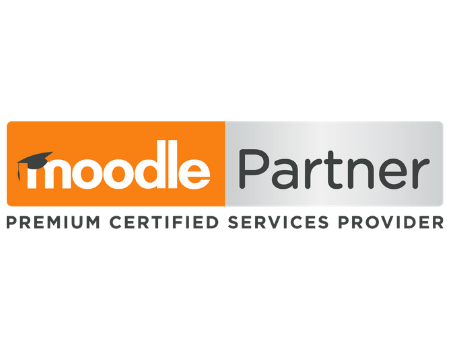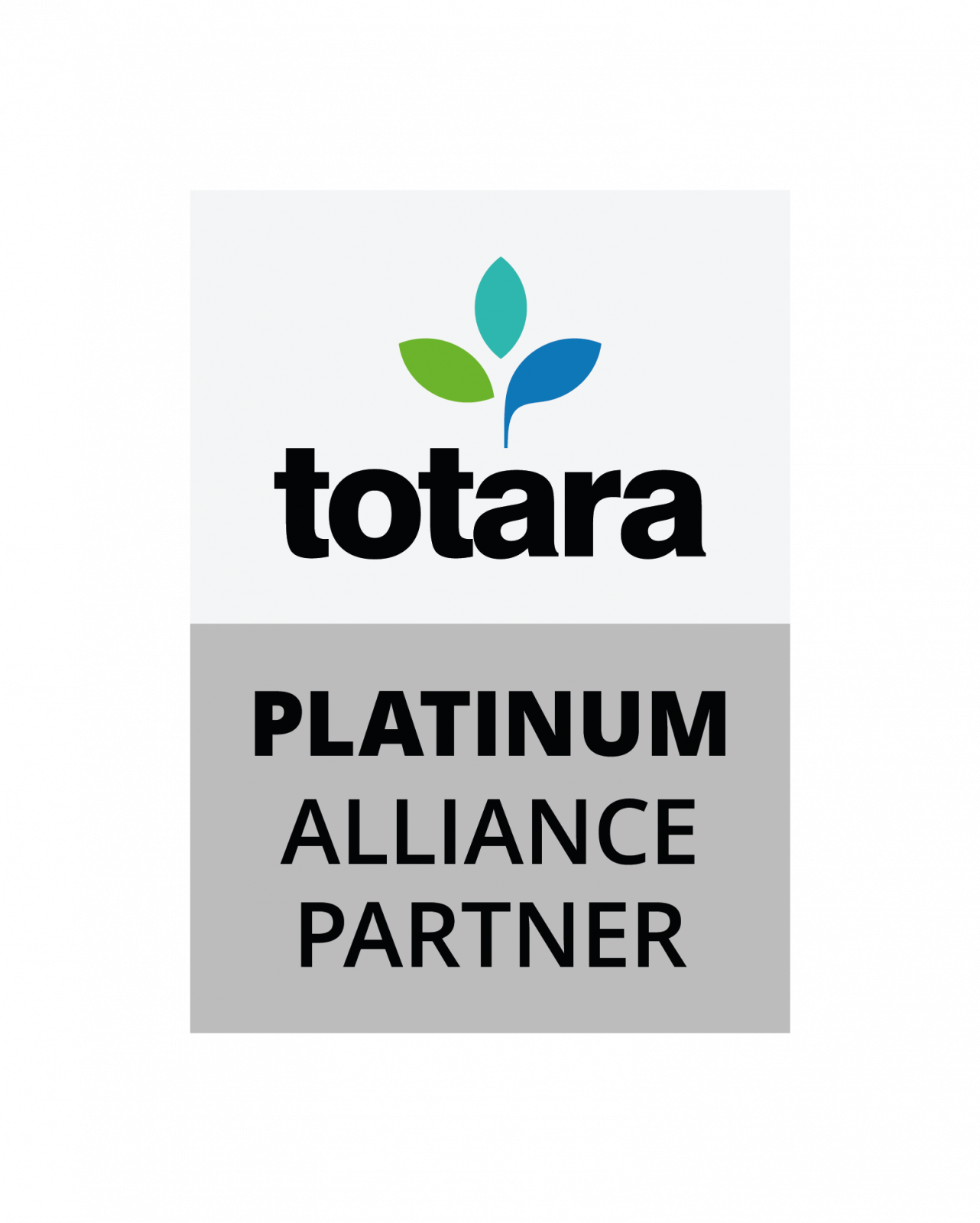Cloud computing – risks and mitigation
Cloud computing is advancing at a pace, enabling education providers to scale up and down on demand, to employ supporting IT functions to monitor, analyse and secure their services, and ultimately provide consistent high performance for learners across a chosen geography. However, cloud migration and optimisation doesn’t happen at the flick of a switch. Like anything worthwhile, managing cloud computing requires skill and experience. This post is the third in our managed services series, you can view the first two posts here and here.
The allure of cloud computing
Cloud computing enables education providers to redefine their business goals, as their services can, in effect, have a global reach. This is certainly true of universities, where it has expanded the size and the target of the addressable market: functionality and scale are no longer an inhibitor to growth.
Navitas case study
Explore how 40+ Moodle LMS sites, across a global network, were upgraded, standardised and migrated to cloud managed services on AWS.
If you are considering moving to the cloud, you will be more than aware of the allure that it holds with many enticing benefits touted around the internet. However, the reality is, many organisations experience significant challenges when dealing with the complexity of cloud operations.
Cloud migration risks
Managing cloud operations competently requires specific skills and experience gained from provisioning, defining and maintaining such services; the skills and experience IT teams have gained from running internal technology solutions don’t directly translate to cloud services provision. In fact, there are entirely new ways to define, design and deliver infrastructure and application solutions. New entrant learnings can be time consuming, costly and disruptive to ongoing business operations.
It’s worth understanding what needs consideration prior to starting your cloud migration journey. With advanced planning, you will avoid most of the common pitfalls and ensure you choose the most appropriate workloads for the cloud, while retaining certain on premises functions until your organisation is ready.
Cost versus value
Firstly, by understanding the nature and purpose of the cloud services you are considering, you can properly match your needs with what what’s on offer. Some services may be more costly when provisioned in a cloud context, but may provide better scale, resilience, and security. If scale and resilience aren’t important at this stage, then you should balance whether additional costs are worth the investment.
Requisite skills and experience
Secondly, not all cloud service providers (and their technical offerings) are the same. Each has a different cost model, architecture, and technology components, that requires a different set of skills to manage.
You need relevant skills and experience in your IT team to properly design and build a cloud environment; inexperience almost certainly leads to sub-optimal design decisions, implementations and insecurity. This can have an impact on costs (blowouts) and project timescales (overruns). Business continuity and service delivery needs to be maintained.
Responsibility is not delegated
Thirdly, moving workloads to the cloud does not transfer responsibility for aspects of your services, particular things like information security. Cloud services comes with a shared responsibility where you need to establish the relationship with the cloud provider as a partner engagement, where you remain in charge of managing and delivering your business outcomes, with elements of the service you select being managed by the provider.
In a Software as a Service (SaaS) environment, the cloud provider takes care of the IT infrastructure and platform delivery, but you remain responsible for the configuration of all the features provided in the service – there may be a variety of security and privacy features, for example, and it’s your responsibility to select the best ones to provide the levels of protection you need for your data.
The further you go down the technology stack in your provisioning, through Platform as a Service (PaaS) and into Infrastructure as a Service (IaaS), the more things you take responsibility for. While this responsibility affords you flexibility, you also need the skills and experience to make sure everything works as it should. It’s all too easy to introduce configuration vulnerabilities into your most critical business services.
Mitigating the risks
The fastest, most effective (and arguably the least painful way) to mitigate most of the risks associated with cloud migration and ongoing operations is to to employ the services of an experienced Managed Service Provider (MSP). One that specialises in designing, provisioning, and running cloud services day in day out. You can leverage their experience, their developed processes and their understanding of the latest available tools.
An MSP’s core value proposition should be to provide customer confidence and success in the digital transformation process, to deliver a highly tuned cloud provisioned solution. Thereafter, there should be a commitment to stable ongoing cost-effective service management.
Leverage the experience of a proven MSP
Look for an MSP that has proven experience of managing deployments in your industry,. For example, if you are a university, look for a company that provides long-term support for large university environments. They will approach your project from a position of authority, they’ll likely know all the considerations, what to avoid and tricks that can only be learned from the benefit of experience.
Explore the Monash University case study
The measure of a great MSP will be their analysis and grasp of your business needs, both now and into the future. They will look at the crucial aspects of your business’s IT plan and how it translates into an optimised solution roadmap that incorporates ease of deployment, continuous integration, and deployment (for rapid content development and updates) and ensuring as you scale, your IT services scale too. Elements of service provision, such as equipping a fully integrated identity and access management solution, require an understanding of complex architectures, directory management, authentication services, user provisioning lifecycles and how many different styles of authorisation can be centrally controlled to reduce vulnerabilities.
Get it right first time
When considering your organisation’s cloud migration and ongoing cloud computing needs, we recommend engaging an experienced MSP right at the beginning, even if you already have an established internal IT team. Getting external advice on the kinds of complications your projects are likely to experience can be invaluable; it can help you make informed decisions fast, providing you the assurance that you need.
Contact the Catalyst Managed Services Team











